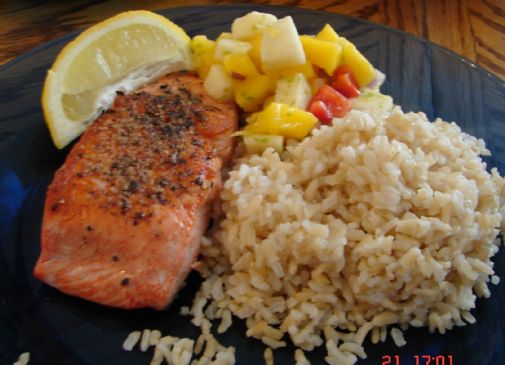It is clear that protein requirements are increased by exercise— first, to account for the small contribution of protein to muscle fuel, and second, to account for any extra muscle that is laid down to increase muscle size and strength or repair damaged tissue. Many athletes will still be met by the general recommendation of 1g of protein per kilogram of body weight—e.g. 60 g for a 60 kg athlete. But athletes whose daily training sessions are lengthy and intense (burning up a significant total of protein fuel), or who are in a muscle-gain stage of their programs, will require an increase in their protein allowance. Athletes who are growing will need to cover these physiological requirements as well. However, don’t go rushing for a protein powder yet—although protein requirements increase in absolute terms (you may need more total grams of protein), the extra energy in your diet to fuel exercise should automatically allow you to eat more protein without having to consciously emphasize protein foods. In other words, your growing appetite and the more food that you will be required to eat should cover the increased protein needs.
Lean animal protein foods are able to supply all the body’s essential amino acids, as well as calcium (dairy foods) and iron (meats and shellfish). They may also be good sources of omega-3 fats—especially fish. Common sense should tell you that it doesn’t take half a cow to make up your daily protein needs—cereal with skim milk for breakfast, a chicken sandwich for lunch and a small steak for dinner will provide over 60 g of protein. In fact, the only athletes really at risk of failing to meet these guidelines are those who eat very restricted diets—low in energy, low in variety, or low in both.
 |
| Vegetarian Protein Sources |
Another reason for athletes to be less concerned about the total amount of protein they eat is the growing evidence that the timing of one’s protein intake is a more critical factor in optimizing the results of training. When protein is eaten in the hour or so after a resistance/weights workout, there is a substantial increase in protein synthesis in the muscle. The same with endurance exercise. The exciting news from recent studies is that gains made by this strategic timing of protein intake around training sessions are real and stand out even from the results of eating protein throughout the day.
But be aware that you don’t need a lot of protein to provide all the building blocks for post-training protein synthesis. In fact, if you eat too much you will end up increasing the use of protein as a fuel. That’s not smart use of a relatively expensive nutrient. - Strategic intake of a protein-rich food or snack after key training sessions or competitive events promotes recovery and adaptation. It is the most effective way for an athlete to address the increased protein requirements imposed by exercise. - 10–20 g of a good-quality protein seems the ideal size of a protein recovery snack. There is a substantial increase in protein synthesis with a 10 g protein serve, but the response seems to level out at 20–25 g. In fact, more than 25 g of protein will lead to increased use of protein as a fuel source, which negates the purpose of consuming protein. - The ideal timing and pattern of a recovery snack is not known. However it makes sense to start protein intake within the hour after a key workout or event. If you have large energy needs, you may want to add a recovery snack before and after a strenuous workout.




.jpg)





1 Comment:
Thank you!!!!! I've been waiting for this blog!
Post a Comment